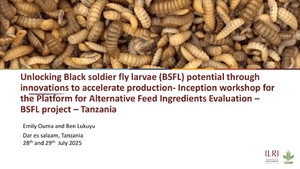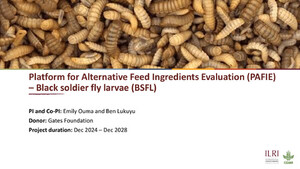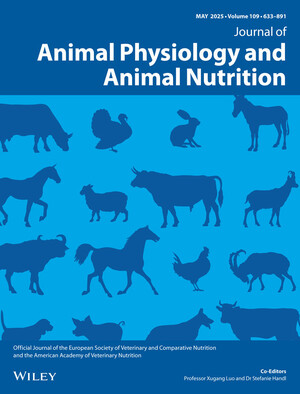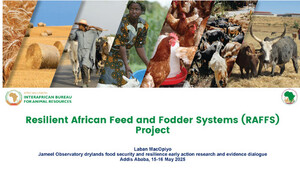
Climate change and land use change impacts on future availability of forage grass species for Ethiopian dairy systems
Abstract
Forage grasses are central feed resources for livestock globally. In Ethiopian dairy systems, they serve as feed sources during both wet and dry seasons, yet escalating climate change could threaten forage supply. Here, we investigate projected climate change impacts on three forage grasses currently recommended for Ethiopian dairy systems. We determine areas of geographical suitability for each species using three climate projections generated by General Circulation Models (GCMs) and calculate their ability to meet predicted dry matter demand under four scenarios for livestock intensification and land availability. By 2050, Buffel grass (Cenchrus ciliaris) is likely to be negatively affected by climate change in regions such as Tigray, while Rhodes grass (Chloris gayana) and Napier grass (Cenchrus purpureus) may have improved suitability under future climates. Our findings suggest that feed demands could theoretically be met by production of these forage grasses under current and future climates. However, if land availability is reduced and herd composition shifts towards higher-productivity exotic breeds, forage resources will not meet cattle demand even with improved agronomic management.
Citation
Brychkova, G., Kekae, K., McKeown, P.C., Hanson, J., Jones, C.S., Thornton, P. and Spillane, C. 2022. Climate change and land use change impacts on future availability of forage grass species for Ethiopian dairy systems. Scientific Reports 12:20512.










